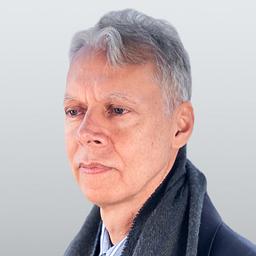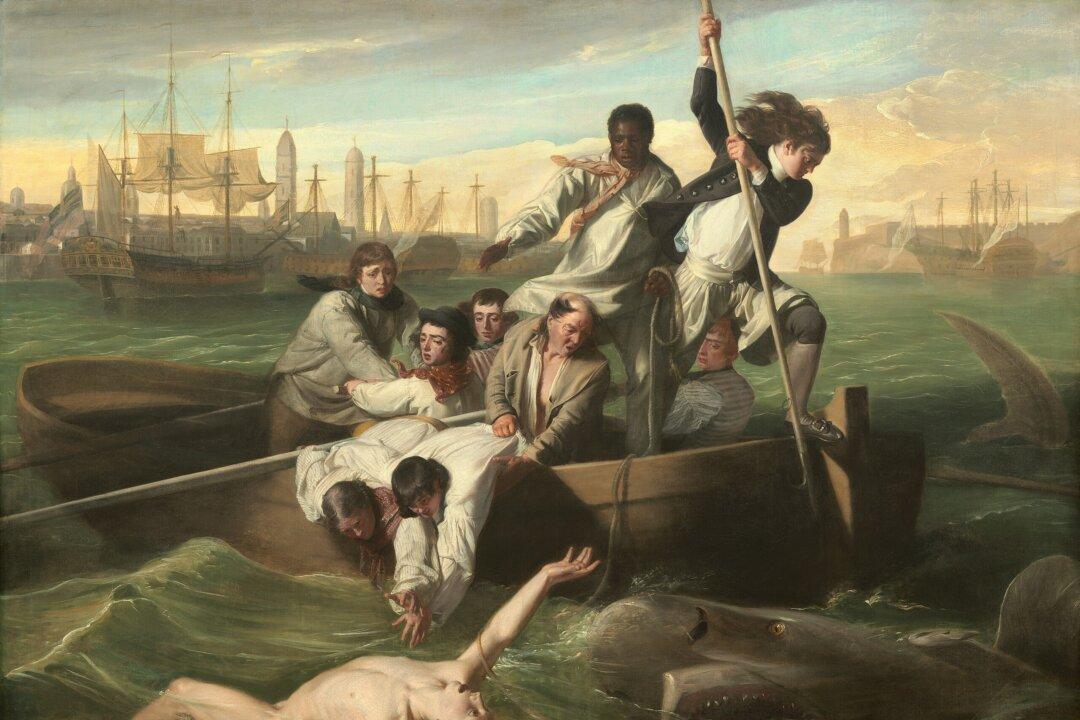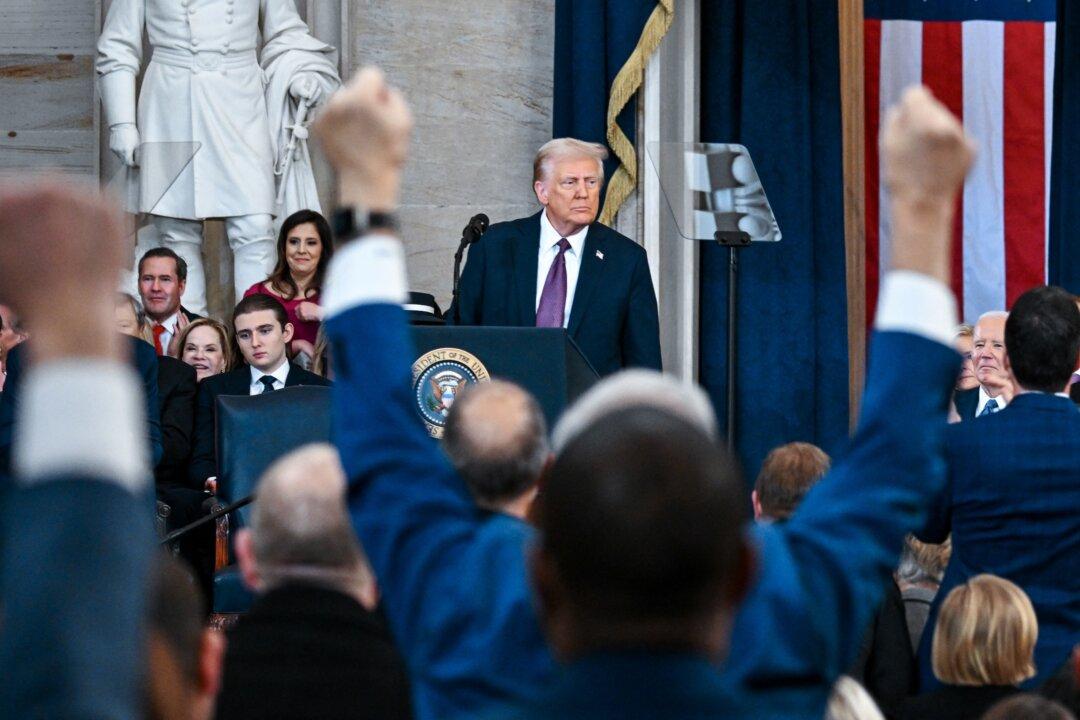For the past 50 or 60 years in the humanities and intellectual spheres, the main goal, value, method, technique, motivation—whatever you want to call it—has been to uncover latent meanings in seemingly neutral or obvious texts, images, ideas, or practices.
That has been the special talent of teachers, scholars, and critics. A well-trained mind should be able to discern embedded biases and sedimented values in many places, it was decreed. One can take what’s commonly understood as natural, normal, objective, or traditional and show that it’s not at all what it appears to be.
For much of the mid-20th century, the old canon of the great American novel—Hawthorne, Melville, Fitzgerald, Faulkner, Ellison—was a standard high school subject, presented, more or less, as the best stories told in the most profound and significant ways, uniquely American. Who could deny the force of Captain Ahab and the last lines of “The Great Gatsby”? The canon was large enough to give teachers some freedom of choice, and it even had women and minority authors (Cather, Wharton, Wright, and so forth).
But that canon has no authority anymore. It couldn’t survive the critical thinking of top academics. First, the professors challenged the very notion of a “classic.” Throughout the 1970s and 1980s, the question was asked, “Who says X is a classic? Why is ‘Moby-Dick’ a classic and not just an interesting novel? Why do we need to single out certain works as anointed and transcendent?”
These questions marked the term “classic” as just an invention, a precious one perhaps motivated, it was implied, by teachers who wanted to ennoble themselves by attaching their labor to subject matter that they could characterize as elevated and superior—the very best that has been thought and said.
Once that suspicion was planted, it was easy for revisionist-oriented teachers to complain about the narrowness of this canon, its insufficient diversity, its nationalistic tenor, and the stasis of it all year-in and year-out. If the very idea of anything being “classic” was suspect, the whole edifice of the great American novel had to fall. To call anything “great” had to be a false elevation.
Sometimes, this takedown went by the name of deconstruction or demystification or hermeneutics of suspicion. The idea was to escape complacency, to be ever analytical and vigilantly critical, and to eschew the conventional attitude of the man on the street. It set the professors apart, granted them a special vision along with the courage to utter it. They could see through the surface, register unspoken messages and hidden persuasions, including political ones, sensitive always to the lower frequencies and lurking subtexts. No virtue was more prized by the academic community than this capacity to unveil the disguised, but dynamic side of expression.
And yet, as the critical examination of all things conventional and commonsensical proceeded, from the notion of Western civilization as a glorious heritage to the assumption of biological difference between male and female, a parallel and contrary development unfolded. There, it wasn’t a critical posture that was approved—it was the opposite: an uncritical posture and a trusting, credulous, and accepting attitude. The object of it was the flagship term of our time: diversity, along with its recent complements of equity and inclusion.
As diversity crept into the language of academic administrators, becoming the core value of humanities and social science curricula, hiring, and admissions by the 1990s, our most skeptical and savvy gadflies mouthed not a word of doubt, nor any tough questions. Ordinarily, they would ask what material interests would be served by diversity. They would submit the ideal to conceptual analysis, especially its cloaked ideological content.
The very ubiquity of the term, its routine expression in institutional settings, would have set their antennae aflutter. It was as if our many Voltaires had decided to keep their mouths shut. This time, with diversity, equity, and inclusion on the table, they would become all-out mandarins—intellectuals in service to the state.
It was remarkable to watch. The dogged critics—Marxists against capitalism, feminists against patriarchy, deconstructionists against common sense, postcolonialists against imperialism—all neutered themselves as soon as diversity talk seized the campus. Diversity bore the first hallmark of an ideology, a holistic adjustment in norms and priorities. It fundamentally changed academic judgment. Diversity wasn’t merely an addition to the existing criteria in the hiring process and curriculum development. It stood in outright opposition to those other criteria, such as merit (as measured by the number of distinguished publications in an applicant’s CV).
This is what made diversity a radical change in academic affairs. Implementations of diversity had a decidedly political character. The bland meaning of diversity was one thing: the happy mingling of different races and genders, sexes and ethnicities—a fair representation of them all. However, the actual practice was and is no such thing. I’ve seen it up close 500 times, felt the tension in the air, heard the resentment, and spied the sullen faces.
What’s supposed to be a positive agreement, a rich and ameliorative advent, is, in fact, an aggressive action against a particular group: white, male, heterosexual Americans. That’s what diversity really is, once we’ve done the job of critiquing it: anti-white, anti-male, anti-heterosexual, and anti-American.
In other words, diversity is precisely the kind of loaded and disguised notion that calls for ideological unmasking. Everything in the intellectuals’ training should have forced them to speak, especially against a concept that has become so hegemonic in higher education. The old set-up was that intellectuals would always speak truth to power, but here was the most powerful, the most widely adopted and disseminated token in higher education passing smoothly through faculty meetings, classrooms, and administration building with universal acquiescence.
Where were you guys?
As with so many recent developments in U.S. society, a liberal myth has been exposed. The image of the fearless academic dissident, the independent intellectual ever eager to buck the trend and face down the crowd, and the critical thinker never letting his radar slip—they were all just that: images without substance.
In fact, the intellectual class in the United States today is more conformist and cowardly than just about any labor group in the country.





